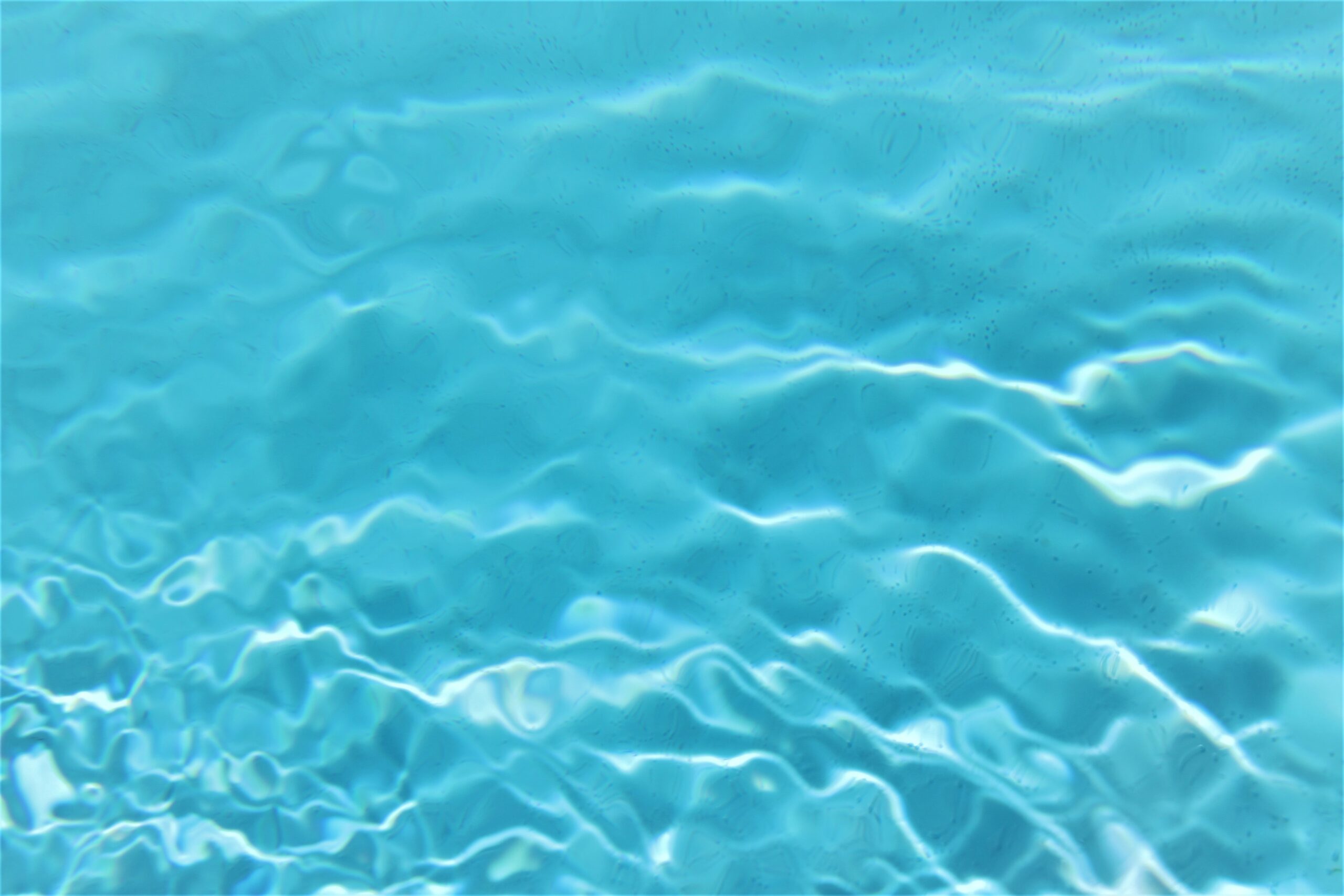Imagine diving into a crystal-clear swimming pool, its sparkling waters inviting and refreshing. To maintain this idyllic oasis, proper cleaning techniques are essential. This article provides a comprehensive guide on how to clean a swimming pool the right way. From brushing the pool walls and vacuuming the surfaces to testing and adjusting chemical levels, we will cover all the necessary steps for a pristine pool. Whether you're a pool owner or a professional cleaner, this article equips you with the knowledge and techniques to keep your pool sparkling clean.
Key Takeaways
- Regular brushing and vacuuming are essential for maintaining a clean pool.
- Monitoring and balancing chemical levels is crucial for pool cleanliness and safety.
- Cleaning pool deck and equipment regularly ensures proper functioning and prevents contamination.
- Performing additional tasks such as emptying skimmer baskets and cleaning pool covers helps maintain a clean pool environment.
Essential Tools for Pool Cleaning
One of the most essential tools for pool cleaning is a telescopic pole. This versatile tool is used to attach various cleaning attachments, such as brushes, nets, and vacuum heads, allowing pool owners to easily reach and clean different areas of the pool. The telescopic pole is adjustable in length, providing flexibility in reaching both shallow and deep areas of the pool.
When it comes to pool maintenance, having the right pool cleaning tools is crucial. Alongside the telescopic pole, other important tools include brushes, nets, and vacuum heads. Brushes are used to scrub away algae and grime from the pool walls and floor. They come in different varieties, such as nylon bristle brushes for vinyl and fiberglass pools, and stainless steel brushes for concrete pools.
Nets are used to skim the surface of the pool and collect larger debris like leaves and insects. They are attached to the telescopic pole and are used to remove debris that may have fallen into the pool. Vacuum heads, on the other hand, are used to clean the pool floor by collecting particles and debris. They are attached to the telescopic pole and connected to the pool's filtration system to ensure effective cleaning.
Regular use of these pool cleaning tools, along with proper maintenance and chemical balancing, is essential for keeping a pool clean and safe for swimming. By investing in high-quality pool cleaning tools and following a regular cleaning schedule, pool owners can ensure that their pool remains in optimal condition throughout the swimming season.
Proper Techniques for Brushing and Skimming
When it comes to proper techniques for brushing and skimming your swimming pool, there are a few key points to keep in mind. Firstly, effective brush strokes are crucial for removing algae and grime from the pool walls and floor. It is important to brush at an angle and in one direction to ensure thorough cleaning. Secondly, skimming the pool regularly is essential for removing larger debris such as leaves and insects. Skim the edges first and then work towards the middle, using a skimmer net to scoop out any debris that has sunk to the bottom.
Effective Brush Strokes
To effectively remove debris and algae, it is important to brush the pool walls and floor with a telescopic pole and skimmer net, ensuring thorough coverage and efficient cleaning. Here are some effective brush strokes and techniques for pool brushing and pool surface care:
- Start by brushing the edges of the pool and then move on to the rest of the pool, making sure to cover every inch.
- Brush at an angle to reach into crevasses and remove particles that may be hiding.
- Always brush downwards in one direction to avoid having to redo any areas.
- After brushing, it is important to skim the pool to collect larger debris such as leaves and insects.
- Use a skimmer net and start at the edges, going around twice to ensure nothing is missed.
Skimming Best Practices?
During the pool cleaning process, it is essential to practice proper techniques for brushing and skimming to effectively remove debris and maintain a pristine pool surface. Pool skimming is a vital step in the cleaning routine, as it helps to remove larger debris such as leaves and insects from the water. To skim the pool effectively, start at the edges and move around the pool in a circular motion, going around twice to ensure thorough removal. Utilize a skimmer net attached to a telescopic pole to scoop up the debris. Additionally, brushing the pool surfaces is crucial to remove algae and grime. Use a telescopic pole with a brush attachment to scrub away any dirt or build-up. Start at the edges and work your way towards the center, making sure to brush at an angle to remove particles from crevasses. Always brush downwards in one direction to avoid extra work. By incorporating these techniques, you can ensure a clean and debris-free pool surface. Now, let's move on to discussing effective vacuuming for a thorough clean.
Effective Vacuuming for a Thorough Clean
When it comes to effectively vacuuming a swimming pool for a thorough clean, there are several techniques and considerations to keep in mind. Vacuuming should be done at least once or twice per week, or more frequently depending on the pool's usage. It is important to adjust the frequency based on the needs of the pool and to vacuum after brushing to ensure a comprehensive cleaning.
Vacuuming Techniques
Vacuum the pool surfaces to collect particles from both the water and the pool floor. To ensure an effective and thorough vacuuming process, follow these pool cleaning tips:
- Start by attaching the vacuum head to a telescopic pole and connect the pool hose to the vacuum head.
- Gently place the vacuum in the pool and let it sink to the bottom.
- Attach the hose to the skimmer to maintain suction.
- Move the vacuum slowly across the pool, covering all areas and paying extra attention to corners and crevices.
- Empty the filter and dispose of the collected debris regularly to prevent clogging and maintain optimal performance.
Frequency and Timing
For a thorough clean, it is important to vacuum the pool surfaces regularly and at appropriate intervals to ensure optimal cleanliness and debris removal. The frequency of vacuuming will depend on the usage of the pool and the amount of debris that accumulates. As a general guideline, it is recommended to vacuum the pool 1-2 times per week. However, if the pool is heavily used or if there are trees and plants surrounding the pool, more frequent vacuuming may be necessary. It is also important to vacuum the pool after brushing to ensure a thorough cleaning. By incorporating regular vacuuming into your pool cleaning schedule, you can maintain a clean and inviting pool environment for swimmers to enjoy.
Maintaining a Regular Pool Cleaning Schedule
Consistently maintaining a regular pool cleaning schedule is essential for ensuring the cleanliness and hygiene of the pool. By following a consistent cleaning routine, pool owners can prevent the buildup of dirt, debris, and algae, which can lead to water contamination and potential health hazards. Here are some key tasks to include in your pool cleaning schedule:
- Pool filter cleaning: Regularly cleaning the pool filters is crucial for maintaining proper water circulation and filtration. Clogged filters can hinder the flow of water and reduce the effectiveness of the filtration system. Cleaning the filters involves removing any debris or sediment trapped in the filter and rinsing them thoroughly.
- Skimming and brushing: Skimming the pool surface and brushing the walls and floor helps to remove leaves, insects, and other debris that may have accumulated. Skimming should be done daily or as needed, while brushing should be done at least once a week to prevent the growth of algae and bacteria.
- Vacuuming: Vacuuming the pool helps to remove finer particles and sediment that may have settled on the pool floor. Depending on the usage and condition of the pool, vacuuming should be done at least once or twice a week. Consider investing in a robotic pool cleaner for added convenience and efficiency.
- Chemical maintenance: Maintaining proper chemical levels in the pool is essential for water clarity and sanitation. Regularly test and adjust the chlorine, pH, alkalinity, and calcium hardness levels as necessary to ensure optimal water quality.
- Deck and equipment cleaning: Cleaning the pool deck and equipment is often overlooked but equally important. Use a pressure washer to effectively clean the pool deck and regularly clean the pool filter, pump, skimmer, and other equipment to ensure proper functioning.
Key Steps for Maintaining Pool Chemical Levels
To ensure optimal water quality and sanitation, pool owners must regularly test and adjust the chlorine, pH, alkalinity, and calcium hardness levels. Maintaining proper pool chemical levels is crucial for keeping the water clean and safe for swimmers.
First and foremost, it is important to monitor chlorine levels in the pool. Chlorine is a key component of pool cleaning chemicals and helps to eliminate bacteria and other contaminants. The recommended chlorine level is between 2-3 parts per million (ppm) to ensure proper sanitation.
In addition to chlorine, maintaining the pH level of the pool is essential. The pH level should be kept between 7.2 and 7.8. If the pH level is too low, it can cause skin and eye irritation, while a high pH level can lead to cloudy water and reduced chlorine effectiveness.
Another important factor to consider is the total alkalinity of the pool. Alkalinity acts as a buffer to stabilize the pH level. The ideal range for alkalinity is between 80-120 ppm. Proper alkalinity levels help to prevent drastic fluctuations in pH and ensure balanced pool water.
Calcium hardness is another aspect of pool water balance that should not be overlooked. Maintaining calcium hardness between 175 and 275 ppm helps to prevent the formation of scale and protect pool surfaces. Low calcium hardness can lead to corrosive water, while high levels can cause scaling.
To maintain pool chemical levels, it is recommended to regularly test the water using a pool water testing kit. Test chlorine and pH levels 2-3 times per week and adjust as necessary. Test alkalinity and calcium hardness levels once per week and make any necessary adjustments to ensure proper pool water balance.
Cleaning the Pool Deck and Equipment
When cleaning the pool deck and equipment, it is important to ensure that all surfaces and components are thoroughly cleaned and maintained. Neglecting these areas can lead to a buildup of dirt, algae, and other contaminants, which can not only detract from the overall appearance of the pool but also impact the pool water clarity. To effectively clean the pool deck and equipment, follow these steps:
- Use a pressure washer: A pressure washer is an efficient tool for cleaning the pool deck. Before using the pressure washer, sweep the deck to remove any loose dirt or debris. Then, spray the entire deck with a hose to remove surface dirt. Work your way up and down the deck from the pool edge outwards, ensuring that you cover all areas. The pressure washer will effectively remove stubborn stains and grime, leaving your pool deck looking clean and fresh.
- Clean your pool equipment regularly: It is essential to maintain clean pool equipment to ensure optimal performance. Start by ensuring that the water is being pumped through a clean pool filter, pump, and skimmer. Regularly empty and clean the filter every two to three months. For DE filters, backwash and rinse them monthly, and deep clean them 3-4 times a year. For sand filters, backwash them every 1-2 weeks, and deep clean them 2-3 times per year. By regularly cleaning and maintaining your pool equipment, you can prolong its lifespan and avoid potential issues.
- Pay attention to pool tile cleaning: The tiles around your pool can accumulate dirt, algae, and mineral deposits over time. To clean pool tiles, use a tile brush or scrubber with a mild pool tile cleaner. Gently scrub the tiles in a circular motion, paying extra attention to any areas with stubborn stains or buildup. Rinse the tiles thoroughly after cleaning to remove any residue. Regular pool tile cleaning will not only enhance the aesthetics of your pool but also contribute to better pool water clarity.
- Inspect and clean the skimmer basket: The skimmer basket plays a crucial role in removing debris from the pool water. Empty the skimmer basket regularly to prevent it from getting clogged. Take a moment to check the skimmer basket whenever you are in the pool area to ensure it is free of debris. By keeping the skimmer basket clean, you can maintain proper water circulation and prevent potential issues.
- Clean the pool cover: If your pool has a cover, it is important to clean it periodically to prevent contamination. Remove larger debris from the cover using a brush and hose. For covers with algae or stains on the water side, use a brush and a mild cleaning solution to scrub the affected areas. For heavily soiled covers, soak them in a solution of water and cleaning detergent for a few hours before rinsing and drying them thoroughly. Cleaning the pool cover will help keep your pool water clean and reduce the risk of debris entering the pool.
Frequently Asked Questions
How Often Should I Clean the Pool Cover?
Cleaning the pool cover is an essential part of pool maintenance to prevent contamination and ensure its longevity. The frequency of cleaning the pool cover depends on various factors such as environmental conditions, the presence of debris, and the pool usage. As a general guideline, it is recommended to clean the pool cover regularly, at least once every few weeks or as needed. Regular inspection and removal of larger debris with a brush and hose will help maintain the cleanliness and integrity of the pool cover.
How Do I Clean the Salt Cell in a Saltwater Pool?
To clean the salt cell in a saltwater pool, first, turn off the pool equipment. Remove the cell from the system and inspect it for any visible buildup. Use a high-pressure hose or a cleaning solution specifically designed for salt cells to remove any scale or deposits. Gently scrub the cell with a soft brush to ensure thorough cleaning. Rinse the cell thoroughly and reinstall it back into the system. Regular maintenance of the salt cell will ensure optimal performance and longevity.
What Is the Recommended Frequency for Cleaning the Pool Heater?
The recommended frequency for cleaning a pool heater is once a year. Regular maintenance of the pool heater is essential to ensure its optimal performance. Cleaning the heater involves removing algae and contaminants from the coils of electric heat pumps and clearing debris and dust from the outside of the coils. By cleaning the pool heater annually, you can prevent any buildup that may affect its efficiency and prolong its lifespan.
How Do I Remove Algae and Contaminants From the Coils of an Electric Heat Pump?
To remove algae and contaminants from the coils of an electric heat pump, it is important to follow a thorough cleaning process. Start by turning off the heat pump and disconnecting the power supply. Use a soft brush or a coil cleaning solution to gently scrub the coils, removing any build-up. Rinse the coils with water, ensuring all debris and cleaning solution are removed. Allow the coils to dry completely before reconnecting the power supply. Regular maintenance and cleaning of the heat pump will help maintain its performance and prevent any issues caused by algae and contaminants.
How Often Should I Backwash and Rinse a DE Filter?
To ensure optimal performance and cleanliness, a DE filter should be backwashed and rinsed on a monthly basis. This frequency helps to remove debris and contaminants that accumulate in the filter. Additionally, a deep cleaning of the DE filter should be conducted 3-4 times a year. This involves disassembling the filter, thoroughly cleaning each component, and replacing the DE powder. Regular maintenance of the DE filter is essential for maintaining water clarity and efficient filtration in your swimming pool.





